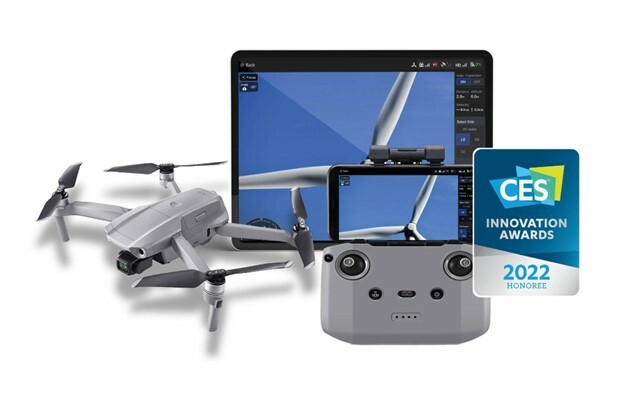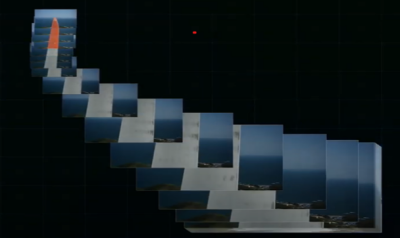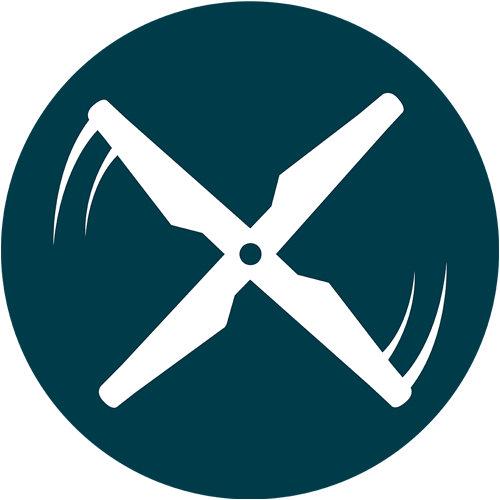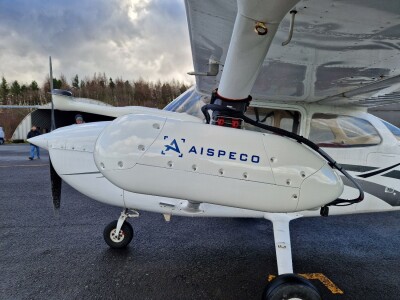Autonomous vehicles are making their presence felt all around the world. Heavy emphasis on “the world” here. We aren’t just referring to downtown streets bustling with Teslas. The countryside, shoreline regions, and even offshore coasts are buzzing as more and more industries rely on drones to take care of what could be seen as the backbone of their maintenance processes.
A Game Changer
Manual means, be they ground-based monitoring or rope-access operation, take six hours or so to inspect a turbine. Meanwhile, self-piloting drones spend no more than 15 minutes on each turbine. Tapping into highly autonomous solutions like NearthWIND Pro can reduce downtime costs and site accidents by 90 and 91 percent, respectively.
These statistics explain why UAV inspections have gained so much ground over the past decade. The efficiency and reliability of drones are hard to beat.
Room for Improvement
That’s not to say UAV technology has run out of room for improvement.
As things stand, inspections are seldom carried out on a regular basis. Not because site managers don’t see the need or lack the resources to do more. It’s just that the logistics behind procuring, transporting, and maneuvering industrial-grade drones remain far too complex. Add to that a severe shortage of skilled licensed pilots, arranging routine inspections becomes nigh on impossible.
The question is, what could be done to overcome these challenges?
Shift in Perspective
Well, let’s first drill down to the root cause. At the crux of the pitfalls holding industries back from conducting inspections on an ad hoc basis is the size and weight of the equipment.
The most obvious workaround would be to try and manufacture heavy-duty drones with cheaper, lighter materials. Had it been all that easy, however, we wouldn’t be having this conversation in the first place.
After months of tinkering with different hardware components from batteries and cameras to routers and sensors, we had to come to terms with the cold hard truth - payloads can only be slimmed down so much.
Perhaps one day, we’ll get to see bite-sized industrial drones become a thing. But it’ll be decades before that comes into fruition, whereas the need for ad hoc checkups is immediate.
Then it hit us. Maybe we’re thinking this all wrong, trying to downsize a piece of equipment already smaller than we ever imagined possible. Maybe, just maybe, we could have standard commercial drones do the work instead.
Making Headway with Miniaturization
And there it is. The very paradigm shift that gave rise to an emerging piece of technology set to spearhead the next generation of O&M.
Meet miniaturization. Or as we like to call it, NearthWIND Mobile.
Borne out of the desire to remold inspections into a daily franchise, NearthWIND Mobile has been empowering wind farms around the world to conduct inspections on the fly whenever their site managers spot a need for checkups.
In doing so, we harnessed the power of machine learning to build a software platform that turns off-the-shelf products into autonomous inspection drones connected to a smartphone. The results have been nothing short of magical.
We could go on and on about all the wonders of NearthWIND Mobile. But for the sake of brevity, we’ll break down the benefits into three splits:
- Availability. A quick run to the nearby hardware store or, better yet, a few clicks on Amazon is all it takes to get hold of necessary tools and equipment.
- Ease of Use. Becoming a pilot is as easy as getting through a day of training to nail down the ins and outs of the software. While useful, experience in flying drones or a degree of aeronautical knowledge is in no way a prerequisite.
- Mitigated Risks. Thanks to how small the apparatus is, the worst that could happen from a crash is a tiny nick.
Seamless Data Management as a Finishing Touch
As wondrous as miniaturization is, the bulk of data that comes with spot checkups presents a new set of challenges. That goes for even the most trained set of eyes.  Sorting through hundreds of images after each inspection is a grueling, drawn-out endeavor regardless of who’s on the receiving end.
Sorting through hundreds of images after each inspection is a grueling, drawn-out endeavor regardless of who’s on the receiving end.
With Zoomable, there’s no longer a need to sweat over the manual stuff.
Backed by cutting-edge deep learning algorithms, Zoomable runs images through rounds of analytics to give them a clean and consistent polish so that the defects are brought out to the fore before getting categorized according to type and severity.
The best part? The platform integrates data across disparate sources, allowing the users to cross-reference a fresh set of images with historical data.
The Future Is Now
The heydays of industrial inspections are upon us. With that comes endless possibilities.
To seize every bit of precious opportunity that crosses your way, tap into solutions as those of NearthWIND Mobile and Zoomable to make ad hoc inspections and automated analytics your own.
















Comments